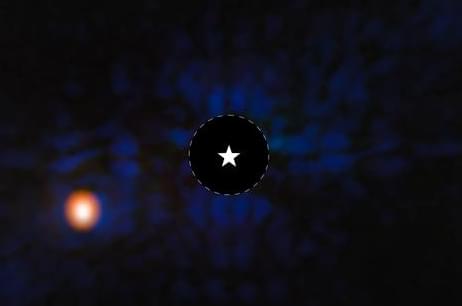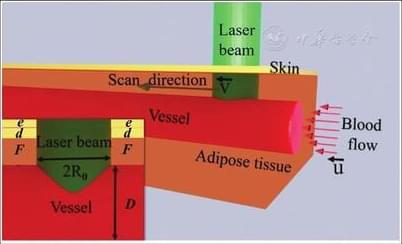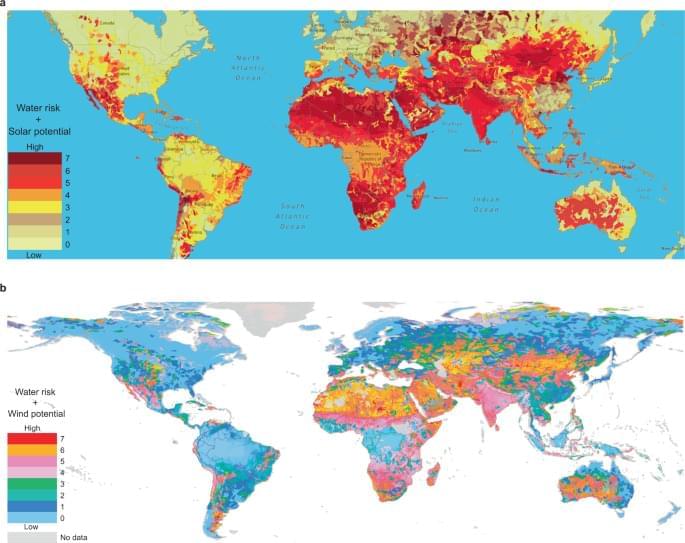In Arizona, cases of valley fever — a disease spread by a fungus that lives in the dirt — have more than doubled in the past year, 12News reported. The spike in cases may be related to conditions brought about by the ongoing overheating of our planet, officials said.
Valley fever is a lung infection that causes symptoms similar to those that come with pneumonia. These symptoms include fatigue, cough, fever, headache, shortness of breath, night sweats, muscle aches, and rash, according to the Centers for Disease Control and Prevention.
Though more than 60% of people who are infected with valley fever do not get sick from it, in some cases the infection is severe enough that patients require hospitalization.







